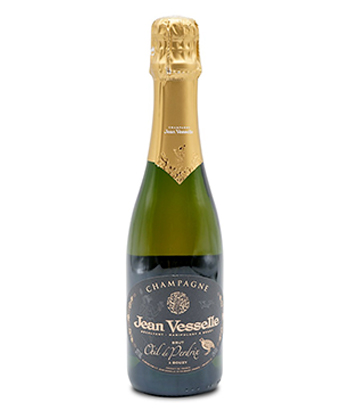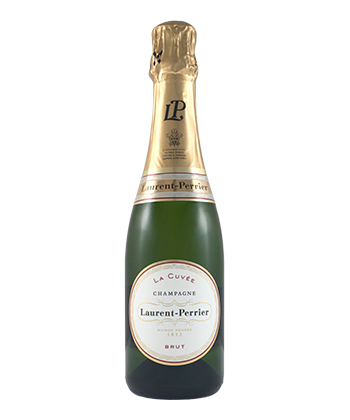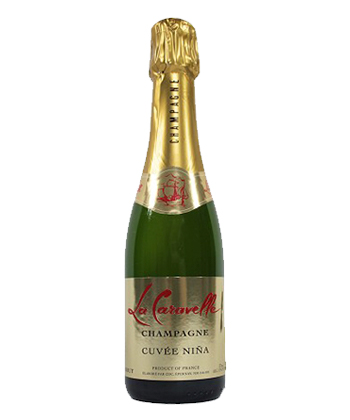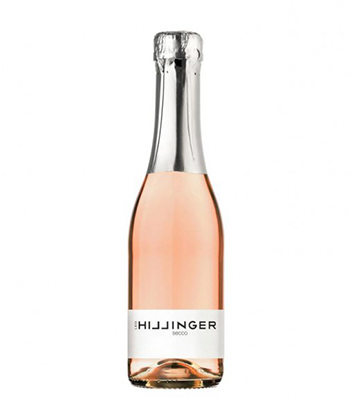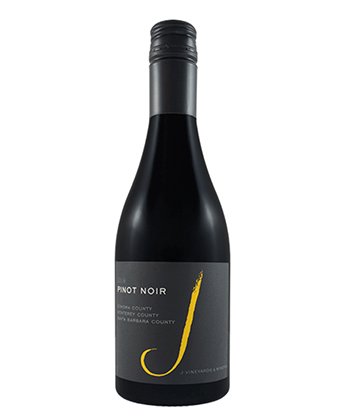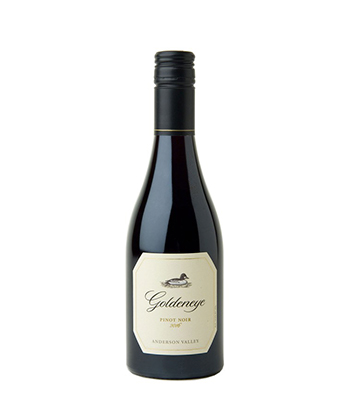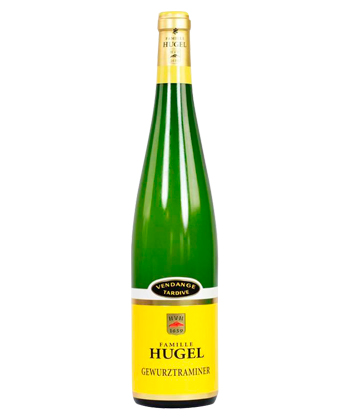Wine sales and consumption have increased considerably during the Covid-19 pandemic, and while most of the wines flying off the shelves are still packaged in the standard 750-milliliter format, alternatives are on the rise. When you think about it, it makes perfect sense. Say you want to consume only one glass of wine and you live alone, or don’t share the wine preferences of others in your household. It can feel like a waste to open an entire bottle, and what are you supposed to do with the remaining four glasses? If you don’t have a preservation device, the wine could spoil, rendering it undrinkable. (It’s especially hard for sparkling wines to retain their freshness and vitality over a few days, even with the best stoppers.) And what if you like to try multiple wines during the week, rather than drinking the same one every night?
Consumers have been increasingly concerned with health and alcohol consumption during recent years (see: Dry January), and it’s one of the many reasons hard seltzer, with its lower ABV and single-serve packaging, has throttled the wine industry. Small-format bottles — whether you call them splits, half-bottles, demis, or piccolos — offer a great alternative, because you can enjoy the wine in moderation without sacrificing quality or putting yourself in a position of having to ultimately drink or dispose of an entire full-size bottle. As Silicon Valley Bank’s 2020 Wine Report states, “[T]he 375-milliliter format has a lot going for it with younger consumers who are consuming less alcohol.”
Small-format bottles also offer opportunities for learning and exploration, because they cost less than their 750-milliliter counterparts. (Just keep in mind that unlike larger-format bottles, they are not meant to be aged.)
So, why aren’t more wineries producing half-bottles? “Small-format bottles go in and out of [fashion],” says Marcus Marquez, general manager and co-creator of Brasswood Estate winery in the Napa Valley. “It’s a hard sell in the market.” During the past year, however, Brasswood has turned to small bottles for virtual tastings. “People need smaller portions in a tasting, rather than opening up four [standard-size] bottles at time,” Marquez explains. “We saw an increase in virtual tastings once we started offering half-bottles. Due to the popularity of the half-bottle tastings, we decided to bottle more offerings in 2021.”
Yes, canned wine is on the rise, but the format isn’t ideal for every category. In the instance of sparkling wines, consumers often associate the “pop” of a cork being removed with quality and status — and you can’t get that from a pop top. Champagne sales are currently down due to Covid 19, but could an embrace of small-format bottles be a possible solution?
Blaine Ashley, founder of New York Champagne Week & The FIZZ is Female, is a huge proponent of small bottles. “Vive la small formats! Since doing 43 virtual Zoom tasting events for New York Champagne Week and The FIZZ is Female since April 2020, 375-milliliter bottles have been an ideal option for maintaining health and balance while still delighting in a wide array of sparkling wines,” she says. “In the industry, opening a full bottle on any given day is a no-brainer, but most people don’t want to open up a full bottle or three on an average Tuesday. Thus, smaller formats provide a perfect alternative. Another plus is that [half-bottles] are more budget friendly, allowing you to indulge in affordable luxuries a la Zoom wine tastings while keeping more pennies in your pocket.”
And, of course, the same applies to still wines.
Seven small-format bottles to try:
Champagne Jean Vesselle Oeil de Perdrix Blanc de Noirs Brut NV
This is a delicious and elegant Champagne, perfect as part of a meal. It has aromas of rose petal and citrus such as orange zest, with flavors of ripe raspberry and pomegranate. Price: $35
Champagne Laurent-Perrier La Cuvée Brut
Here’s a small format from a top producer — great on its own if you want a crisp Champagne. The wine has aromas of faint citrus, white flowers, and brioche dough, with flavors of peach and freshly toasted bread. Price: $20
La Caravelle Champagne Cuvée Nina NV
This wine provides just enough salinity to add a kick to seafood dishes. Price: $23
Leo Hillinger Secco Rosé
Packaged in a 187-milliliter size that’s perfect for a single glass, here’s a frizzante rosé with lemon and citrus notes, and touches of strawberry. Price: $6
J Vineyards Pinot Noir 2017
Black cherry and baking spices give this wine an aromatic nose that complements a silky palate. Price: $15
Goldeneye Anderson Valley Pinot Noir 2017
An elegant and rich Pinot Noir, bursting with flavors and aromas of blackberry, blueberry, and cooked bing cherries. Price: $40
Hugel Vendange Tardive Gewürztraminer 2011
The Hugel Gewürz shows a little spice, accented with lushness and balanced fruit. This late-harvest wine is great with dessert or spicy dishes like ramen. Price: $45

